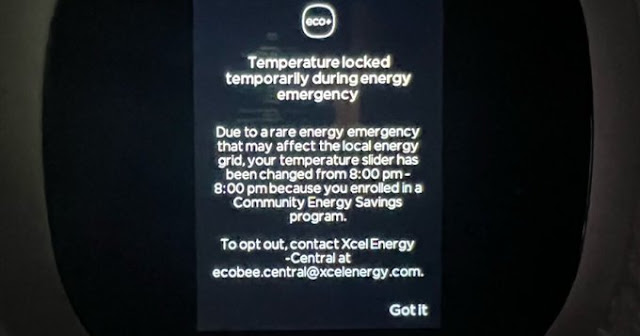The U.S. Power Grid Can’t Support Its Climate Pledges
- - America’s ailing power grid can’t support the country’s climate pledges.
- - While Texas and California are producing enough renewable energy to share with other regions, surplus clean power is doomed to languish on the grid because of the dated infrastructure.
- - The U.S. desperately needs to invest into creating “smart grids” that are capable of measuring and regulating a constant in- and outflow of energy.
The neglected domestic power grid is standing between the United States and its climate pledges. In many parts of the country, most notably Texas, California, and the Southwest, renewable energy plants are producing enough clean, emissions-free energy to share with other regions – but there’s no way to get it there. Instead, surplus clean energy is doomed to languish on the grid where it was produced instead of being sold to where there is demand. This phenomenon has led to the peculiar outcome of negative energy prices in parts of the country in the midst of a global energy crisis.
It’s been over a year since Oilprice published an article titled “The U.S. Desperately Needs To Modernize Its Power Grid,” and while President Joe Biden’s administration has thrown considerable money and publicity toward the issue, the need is no less desperate today. More than $400 billion have been allocated for clean energy infrastructure and climate initiatives broadly through last year’s infrastructure bill and this month’s Inflation Reduction Act, but a the U.S. needs to spend $360 billion through 2030 and $2.4 trillion by 2050 on energy transmission systems alone in order to keep up with projected renewable energy expansion, according to a Princeton study from December of 2020.
The issue is not just a failure of investment, it’s a failure of vision. That’s according to Jeremy Rifkin, an economist who has advised Democrats and Republicans on power infrastructure, who was interviewed for a recent Bloomberg article on the phenomenon of negative energy prices. Instead of cooperating on a countrywide project to modernize the energy grid and coordinate a smooth clean energy transition, renewable energy projects have been carried out in silos by private enterprises that are not communicating with each other. “The narrative got lost,” Rifkin says. “It’s not about putting in solar and wind, it’s about ‘How do you transform this country?’” He believes that the importance and scale of grid modernization and energy transmission should be something akin to President Dwight Eisenhower’s highways initiative or President Franklin Delano Roosevelt’s New Deal. Instead, the piecemeal approach that has actually taken place has left a lot of stranded clean energy at a time when energy is in remarkably high demand. According to data and analytics company Yes Energy, wholesale energy prices went negative approximately 200 million distinct times across the seven US grids in 2021. That number is set to skyrocket this year as grid bottlenecks for solar and wind power grow even worse in Texas, California, and the Southwest.
On the whole, prices this year fell below zero for 6.8% of the time. In the Southwest’s Southwest Power Pool, prices went negative a whopping 17% of the time for the first seven months of 2021. “Prices aren’t falling below zero often enough to meaningfully dent wholesale power costs,” Bloomberg reports. “But the phenomenon is a warning sign that grids aren’t anywhere near ready for a broad shift to renewable power.” The particularly cruel irony is that regions in desperate need of energy are turning back to coal – the dirtiest fossil fuel – while clean, green energy goes to waste on other parts of the nation’s grid system.
Transmission is not the only issue with the United States’ aging power grid – far from it. Existing grids are designed for one-way energy flow – from a utility to a consumer. But with residential solar panels gaining popularity, more and more energy will be flowing the other way. In order to meet the complex set of demands posed by wide-scale renewable energy adoption, the U.S. will have to invest heavily into creating “smart grids” that are capable of measuring and regulating a constant in- and outflow of energy.
In this regard, the United States is falling far behind some other countries. In China, for example, where creating a sweeping and transformative energy policy is not hindered by Democracy, we’re seeing the introduction of “flexible green electricity grids.” If the U.S. wants to keep up with the Joneses, it’s going to require a far more sweeping, bi-partisian, and expensive endeavor.
By Haley Zaremba for Oilprice.com

Comments
Post a Comment